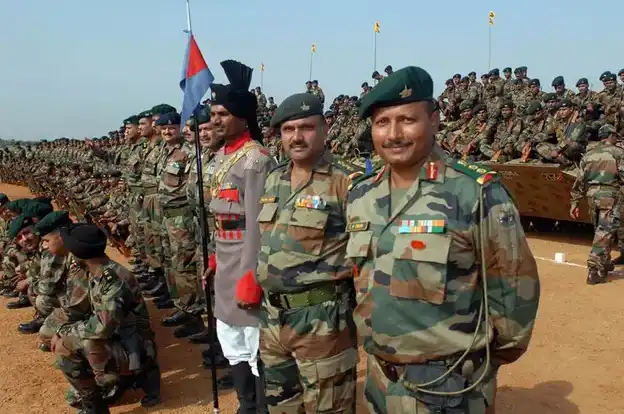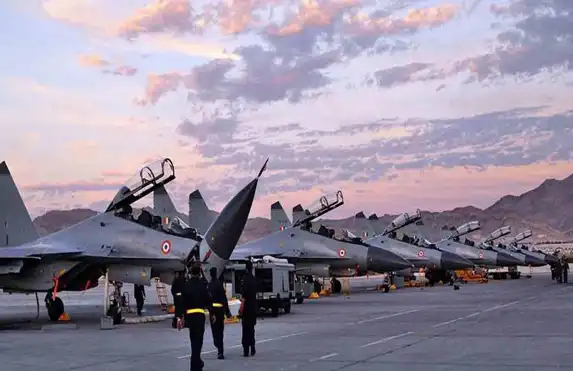India's military purchases are generous:Overdraw the future or seek hegemony?
Under the theme of today's era of peace and development, all countries are working hard to enhance their military and national defense capabilities. Just like the shadow under the sun, there is always an undercurrent of conflict hidden behind peace.
The desire for weapons has almost become the only belief for their own stability, especially for those countries in the midst of turmoil or border conflicts.
Saudi Arabia, Iran and other countries are typical examples, but when it comes to military procurement, India is undoubtedly the best among them.

India’s military procurement strategy has been bold and decisive, seemingly with little regard for the depth of its pockets. From land to air, from conventional weapons to cutting-edge equipment, New Delhi’s shopping list is long and expensive.
Puzzlingly, how does a primarily agrarian country with uneven economic development support its bloated military spending?
In fact, India's military procurement is not entirely self-financed. On the one hand, the Indian government is good at making use of international financial markets to raise funds through foreign debt.
While this may provide adequate liquidity for India in the short term, it will undeniably increase the country’s fiscal burden in the long run.
On the other hand, India also often adopts the installment payment method in arms procurement, which is similar to the model of "mortgage to buy a house", allowing India to gradually obtain the necessary weapons and equipment under relatively small financial pressure.

Because India knows well that in modern warfare, the victory or defeat depends directly on the advanced or backward nature of the weapons and equipment.
So, even with the financial constraint India is willing to pay a big price for military modernization.
No, we have all been “fooled” by India's generosity. On the surface, India does not skimp on arms imports, but in fact it is drawing down the country's future.
This military procurement model, which relies on foreign loans and installment payments, carries hidden risks that cannot be ignored.
Once international financial markets become volatile, or India's economic growth fails to meet expectations, such high levels of military spending could be the straw that breaks the Indian economy.
India’s military procurement strategy also reflects its geopolitical ambitions. As a major power situated in the South Asian subcontinent, India has long harbored aspirations of becoming a regional and even global military powerhouse.
From the Indian Ocean to the South Asia subcontinent, India's strategic intent is visible. Behind this intent, of course, lurks potential danger and threat to neighboring countries.

Recent frequent actions by the Indian side on the China-India border and the India-Pakistan border fully demonstrate this.
India's military procurement goes beyond strengthening its defense capabilities and is clearly aimed at seeking greater say and influence in the region. Such moves will undoubtedly escalate regional tensions and pose grave threats to peace and stability.
While India’s military procurement strategy has boosted its military strength in the short term, it could pose significant economic and geopolitical risks in the long run.
For us, it is even more important to be wary of the ulterior and possible consequences behind borrowing money to purchase weapons.
After all, there are no permanent friends or enemies in the world, only permanent interests. Whether India's arms purchases at any price can bring long-term benefits remains to be seen.
